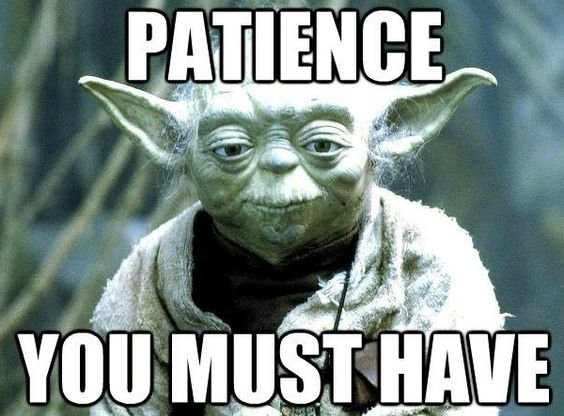Before we continue, let’s revisit our definition of Blended Learning. The same definition I used in my short talk coming from Wikipedia:
Blended learning is a formal education program in which a student learns at least in part through delivery of content and instruction via digital and online media with some element of student control over time, place, path, or pace.

PHOTO CREDIT: EDSURGE.COM
So you finally decided to give it a try but you have no idea where to begin. Well, like they always say, “Change start with you” and the change starts now.
What Do You Need To Posses as a Teacher?
1.A new mindset to adapt to the new pedagogy.
Most people hate change. Especially when the change makes them move out of their comfort zone and learn new ideas they never heard before or are not willing to adapt. I have seen these kinds of educators especially those who were taught the traditional methods of teaching: the teacher teaches and students listen swallowing hook, line, and sinker.

PHOTO CREDIT: ATTORNEYWITHALIFE
The traditional method has to be re-engineered, not eradicated, to fit the structure of BL. Suffice to say, traditional method of teaching has still its advantages, and we keep those and put aside the disadvantages.
The new mindset will allow teachers to assume new roles in the context of BL. In a more complex environment, these roles are taken by a team of teachers involved in BL. There are 3 main roles BL teacher(s) will take are the following:
- Researcher and Developer. The teacher becomes the researcher that looks for ways and approaches and tools to make student learning process more personalized. RnD leads the design and the development of the new pedagogy. Designs and test the system while re-adjusting the curriculum, the instructional approach and how contents are delivered according to the students’ needs. Afterwards, the system is evaluated and find areas where to improve and enhance and strengthen areas which show promise.
- Integrator. The teacher finds a way to make the existing pedagogy work with the new BL model. He/she integrates both systems to create feasible instructional approaches then shares these approaches with other teachers.
- Guide or Facilitator. The teacher now implements the new approaches in the classroom adjusting and re-adjusting these approaches according to student’s responses.
In a smaller scale, all these 3 roles may be acted upon by a single teacher. In my case, I was all three persons in one.
In a larger scales, the new roles may present additional workload to the teachers which may affect their productivity. In this case, careful planning of assigned tasks must be in place. On the other hand, this may also present lesser workload for other teachers which may affect compensation. Again, this should be considered when implemented in a larger scale.
2.An upgrade of your technological prowess.
The desktop in your classroom connected to an LCD projects is not just enough anymore. Your library of apps must increase and find those apps in diverse devices. You need to know how tablets and smartphones are used, well, smartly.

PHOTO CREDIT: WISEBREAD.COM
The advent of new and high-tech tools not only horrifies “traditional” teachers because they’re afraid they won’t be able to learn how to use them, but it also scares the heck out them knowing they won’t be able to catch up. Most of these teachers were from the past century who are not just as tech-savvy as the others.
Your technological knowledge should, but not really required, go beyond just using the hardware and the apps. You should also be able to do some basic troubleshooting of devices and the apps that run with them. This is very important skills because device malfunction happens all the time. This is one loophole of using high-tech devices, and when that malfunction happens, you should be able to correct it for students to have seamless learning processes. If this is not possible for you, make sure the school has someone ready to support you in terms of hardware and software.
3.A right attitude and lots of patience. Yes lots and lots of it.
Remember that at the center of BL are the students. They are the reasons for having this new pedagogy in the first place. The new system should adapt to the student learning process. And so must the facilitator or guide. That’s you.

PHOTO CREDIT: PINTEREST.COM
Students will say all the excuses in the world why they are not able to do this and that. Patience plays a vital roles in BL since this system will bring you to the level of personalized instruction. When you lose your patience, you will definitely lose your student in the process. (And here, you thought, BL supposed to make teaching easier.)
Again, BL is not about the teacher taking things easy. It’s about the student’s learning processes which we want to leverage using BL approaches.
No matter what we think, what tools we may have, and what plans we have cooked up, it all boils down to the people who are involved. The students first, then the teacher second.
4.A very good working knowledge of a learning management system (LMS).
We have covered that in my previous post. And if you don’t like Schoology, you have so many options waiting to be tried. Visit the Capterra website for a huge list of available LMS both free and paid.

PHOTO CREDIT: SCHOOLOGY.COM
A working knowledge of an LMS will greatly help not only in delivery content but in content creation, evaluation, reports, interventions, and collaboration among other things.
